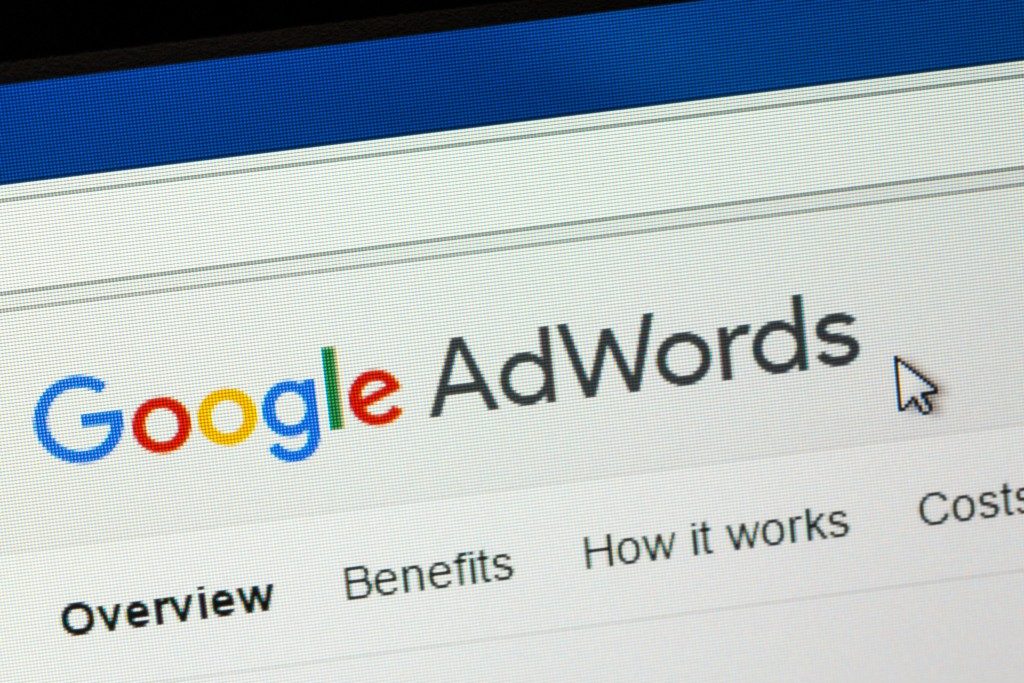One of the cornerstones of any enterprise is product development. It’s how a business develops and refines products that are introduced to the market. But if you’re running a startup, the entire process can be daunting. From concept to marketing, a lot of time and resources are required to develop a product that consumers will enjoy. Thankfully, we can learn from the successes and failures of other businesses.
Businesses are built on ideas, but ideas alone won’t sustain you forever. For your idea to succeed, you need to follow a rigorous process that will turn it into a tangible product that consumers can buy. But even the best concepts can fail early on. You also need to ensure that it’s marketable and sustainable. Some people turn to private label hair products to create a line, while others try to accomplish their goals without outside help.
Creating a product from scratch requires an entirely different set of skills. Here are a few product development strategies to get you started:
-
Ask for honest feedback
You can’t expect yourself to see the flaws in your own products. All too often, people cherry-pick information to fit their own views and ignore data that could be used to improve the product. If you’re serious about developing a great product, you need to solicit honest feedback from disinterested parties.
You can never know for sure if your idea is good or not until you receive comments from potential customers. If you can’t afford to pay for a focus group at this stage, you can also as your friends and colleagues for feedback. Listen to what they say, and if multiple people bring up the same thing over and over again, it might be a sign that you need to make a few adjustments to your prototype.
-
Start with a prototype
Coming up with ideas is the easy part. The real challenge lies in making sure your ideas can be turned into a tangible product in a scalable and cost-effective manner. Nobody’s going to buy your product if it’s too expensive or has too many flaws. Testing is an essential component of the product development process, and you might need to experiment with different materials, formulations, or combinations before you get it right.
While the early stages of the development process can take a long time, it’s better to spend time fine-tuning the design early on, when changes are cheaper and easier to implement. Changes to the final design will only get more expensive as the process drags on, not to mention the bugs that could further affect the quality of the final product.
-
Think about marketing

Many great products fail after release due to poor marketing. If you don’t have a good marketing plan, your products are dead in the water. Customer purchases are driven by trust and recognition, and you’ll achieve neither if you don’t invest enough resources to marketing your brand.
For starters, your marketing plan should identify who your target customer is, how you’re going to target them, what they want, and what they will get. Your customer persona will determine the direction of your marketing campaign. For instance, if your product is geared towards seniors, a social media campaign might not be the best use of your limited budget.
If you don’t know where to start, you can always emulate your direct competitors. Study what they’re doing to target your desired customer, and create a plan that improves on their existing campaigns.
-
Invest in a focus group
Once your product is released to the market, it’s important to solicit feedback from paying customers. You’re going to need as much information you can get to improve the next iteration of your product, and there’s no better place to get that than from the customers themselves. Always remember that you’re running a business and that customer satisfaction is paramount.
If customer feedback is negative, you need to take that as an opportunity to improve your products and services. Don’t give up just because reality hasn’t met your expectations. If you take things in stride and focus on improving your business, you’ll have a long career ahead of you.
A final word
All businesses stand to benefit from these product development strategies. Once you’ve gained a solid grasp of the development process, and coupled with your expertise in the market, you can then develop new product lines and refine existing ones.


